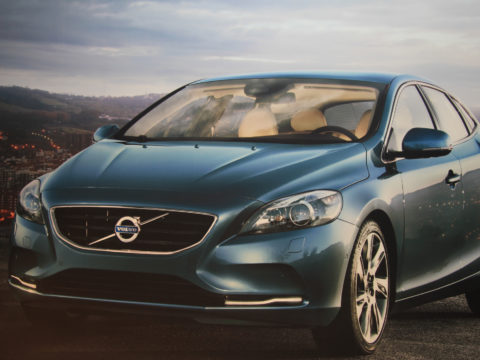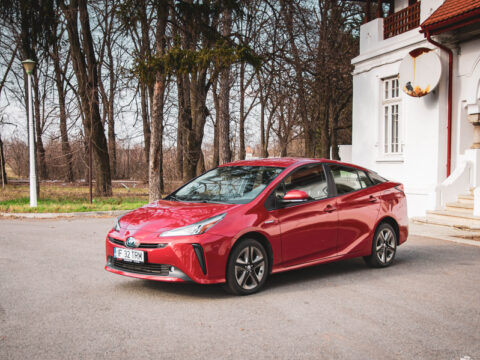In the world of automobiles, high-performance sports cars often represent the pinnacle of engineering prowess and design sophistication. These vehicles are built to deliver exhilarating speed, precise handling, and an undeniable allure that captivates car enthusiasts around the globe. However, not all sports cars achieve the commercial success expected of them. Despite their impressive capabilities and cutting-edge features, some models struggle in the market due to a variety of factors ranging from steep pricing and intense competition to niche market appeal and changing consumer preferences.
This article delves into the intriguing stories of high-performance sports cars that didn’t live up to their sales expectations. From iconic brands like Ferrari and Porsche to lesser-known marques such as Lotus and Mitsubishi, we explore what went awry. Whether it was timing, market positioning, or simply the economic climate, each car on our list offers a unique insight into the complex dynamics of the automotive industry and the risky nature of the sports car market. As we examine these models, we uncover the lessons they provide on the unpredictable path from showroom to consumer.
Contents
Ferrari California T
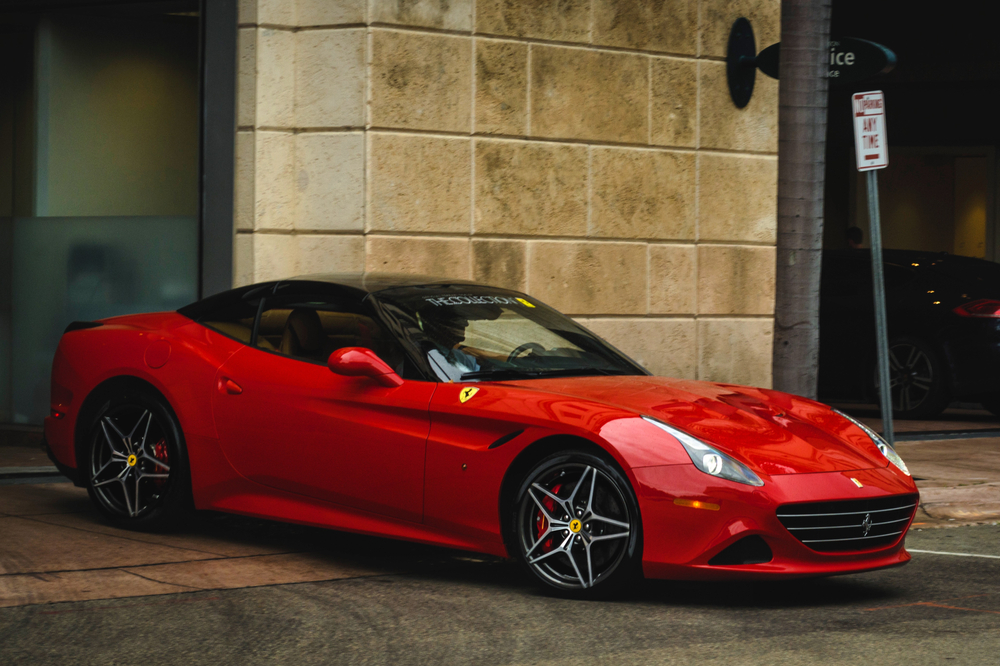
The Ferrari California T, despite its sophisticated engineering and classic brand allure, faced challenges due to perceptions of it not being a “true” sports car. Its grand touring style and more relaxed driving dynamics were out of sync with the fiery performance expected from a Ferrari, leading to mixed feelings among enthusiasts. Furthermore, the market was becoming increasingly competitive with options that offered both performance and luxury at lower price points, affecting its overall desirability and sales.
Lotus Evora

The Lotus Evora excels in handling and agility, credited to its lightweight construction and sporty design. However, it faced commercial struggles primarily due to its relatively high price and a sparse dealer network, which limited accessibility for potential buyers. Moreover, while Lotus is a respected name among car enthusiasts, it lacks the prestige and brand recognition of its major competitors, hindering its ability to attract a broader audience beyond hardcore sports car enthusiasts.
Nissan GT-R Nismo
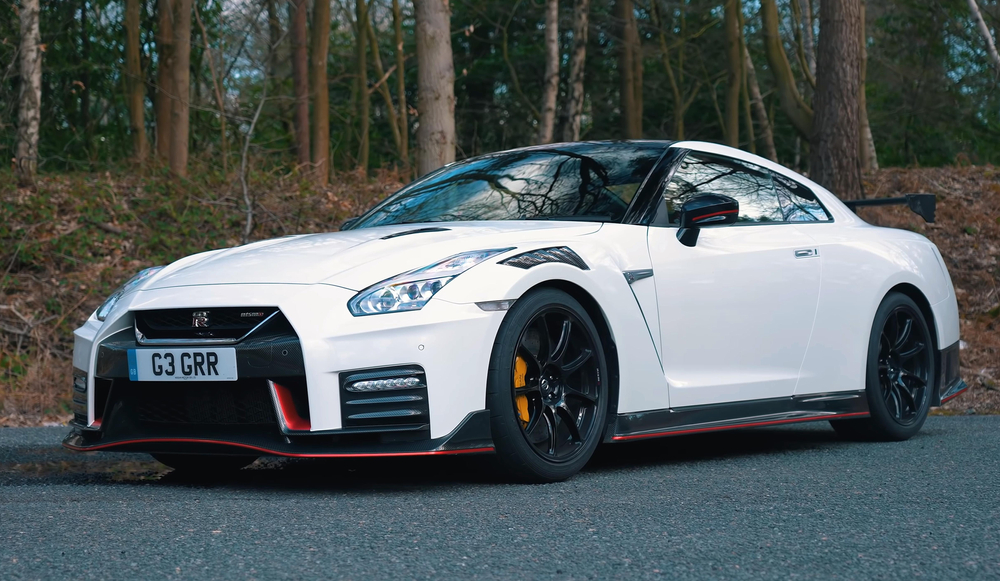
The Nissan GT-R Nismo is an enhanced version of the already powerful GT-R, known for its exceptional capabilities on track and road. However, the significant price jump from the standard GT-R model to the Nismo version made it less attractive, especially when newer and sometimes more affordable high-performance alternatives were entering the market. The GT-R Nismo’s aggressive aesthetics and hardcore performance tuning also appealed to a very niche market, limiting its broader appeal.
Mazda RX-8
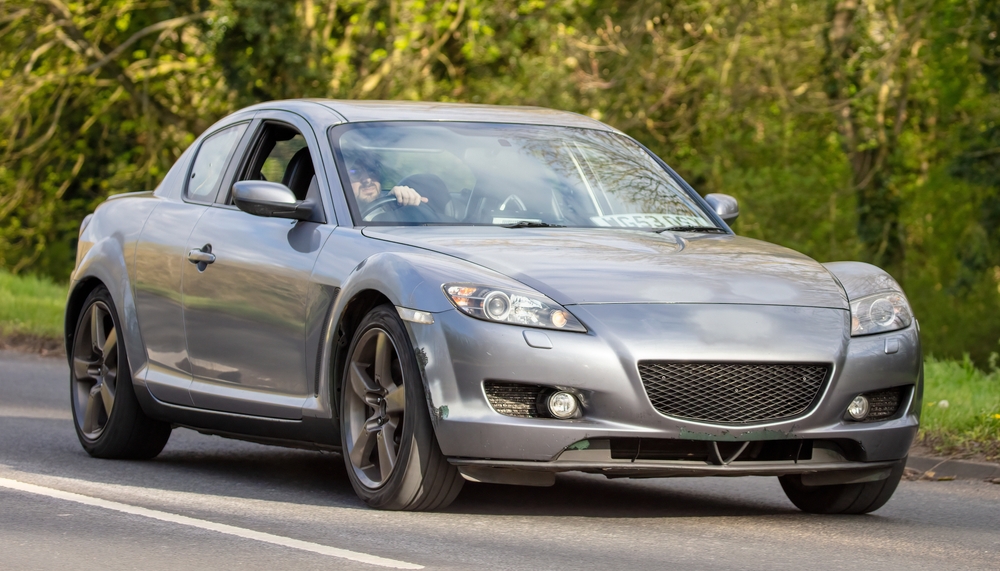
The Mazda RX-8 was celebrated for its unique rotary engine that provided high revving thrills and a distinctive engine note. However, the engine’s high fuel and oil consumption and reliability issues turned away potential buyers who favored more economical and reliable sports cars. The shift in consumer preferences towards vehicles with better fuel efficiency and lower maintenance costs further contributed to its decline in popularity.
Acura NSX
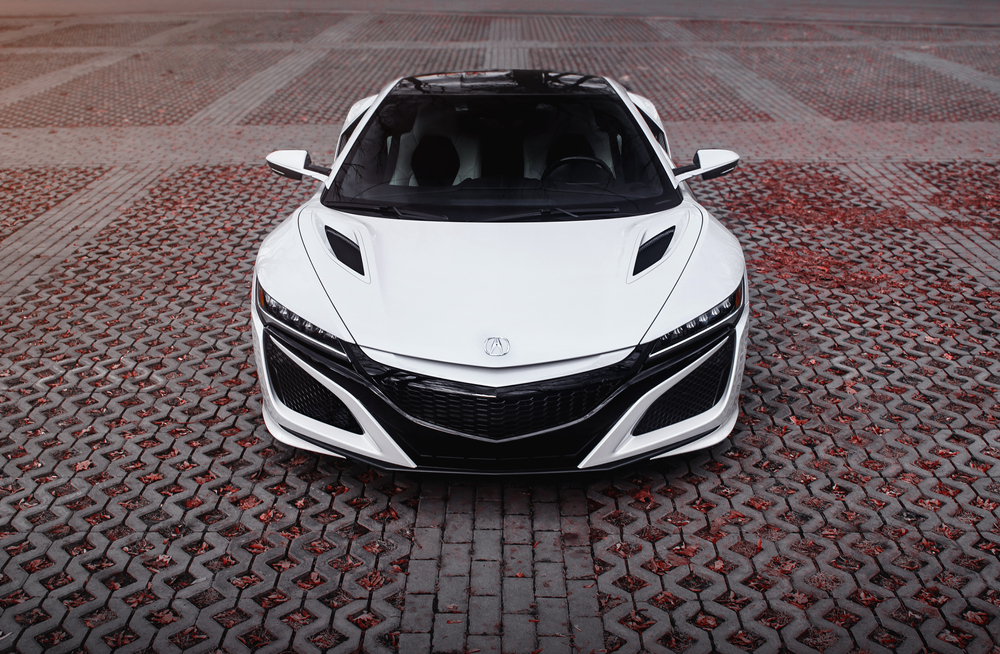
The new Acura NSX reintroduced the beloved nameplate with a cutting-edge hybrid powertrain and advanced technological features. However, its high pricing bracket positioned it directly against established European sports cars, which traditionally hold better brand loyalty and prestige. The departure from the original NSX’s simpler and more affordable formula disappointed many purists and didn’t resonate as well with a newer audience, affecting its sales and market impact.
Alfa Romeo 4C
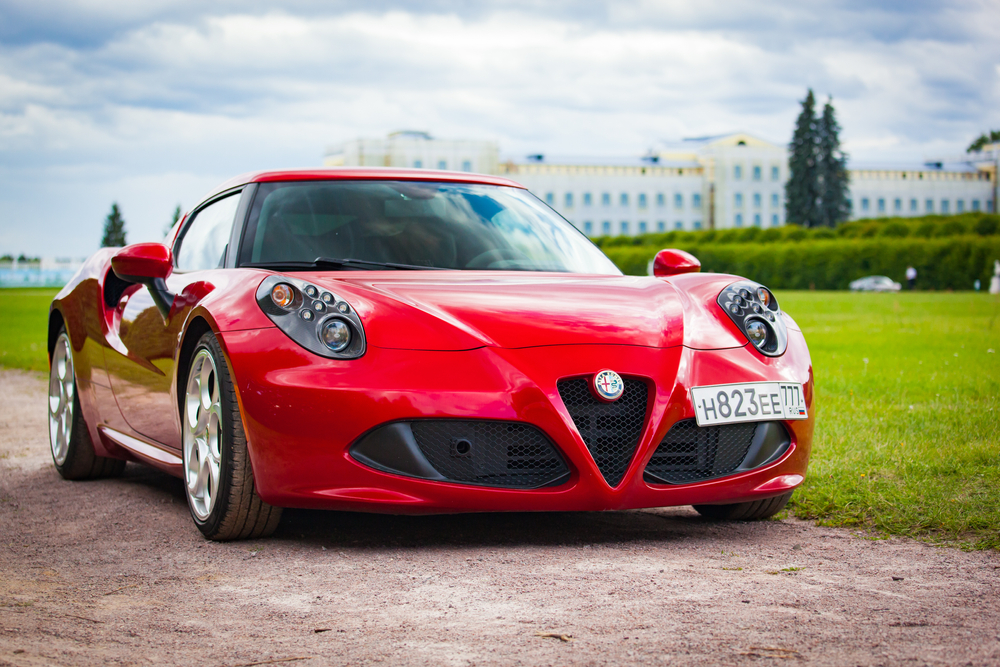
The Alfa Romeo 4C captured attention with its stunning design and lightweight, driver-focused performance. However, its minimalistic approach and lack of comfort features, such as power steering, made it less practical for daily use compared to other sports cars in the same price range. The 4C’s niche appeal and the limited production numbers also meant that it remained a rare sight, appealing more to collectors and less to regular buyers looking for an everyday sports car.
Chevrolet Corvette ZR1 (C7)
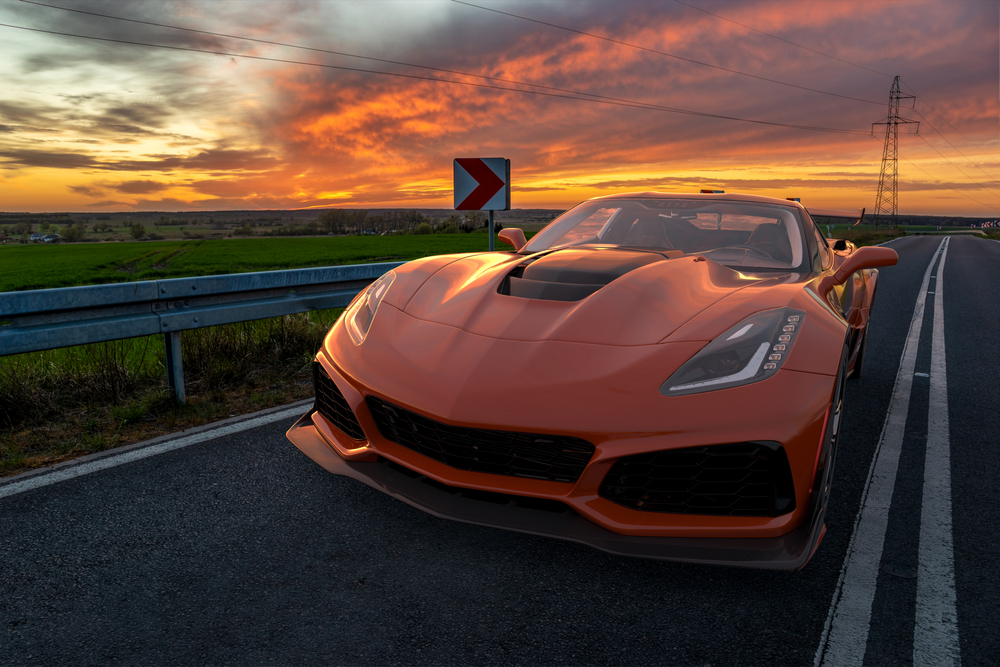
The Chevrolet Corvette ZR1 (C7) was a high-performance beast with a supercharged engine making it one of the most powerful production cars at the time. Despite this, its sales were affected by its late arrival in the C7 Corvette’s life cycle, with many potential buyers holding off purchases in anticipation of the revolutionary mid-engine C8 Corvette. This transition period inevitably dampened the ZR1’s potential as the ultimate expression of the front-engine Corvette era.
Porsche 718 Cayman
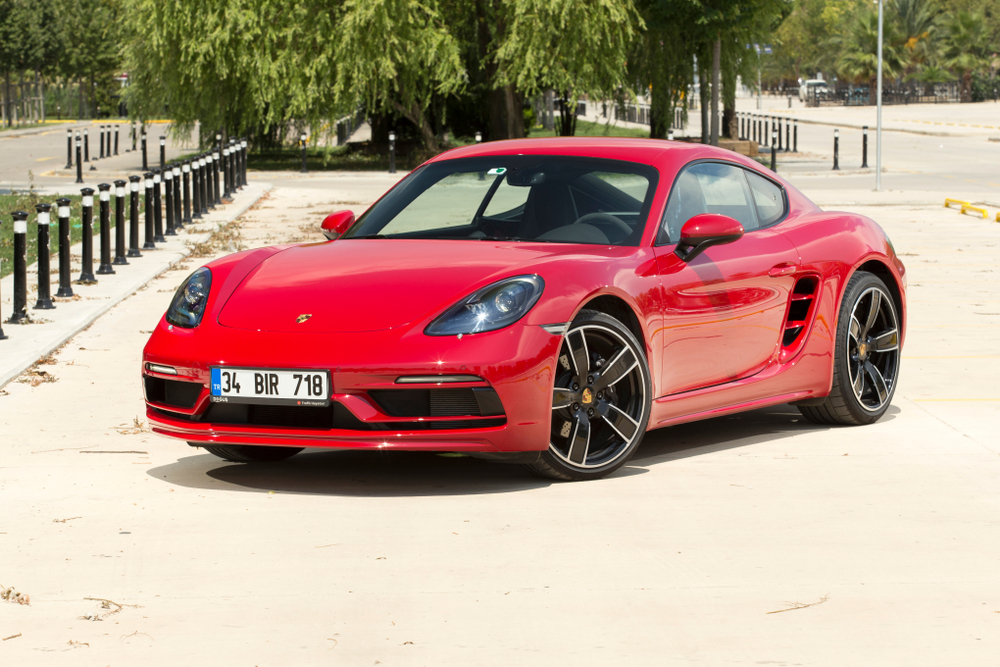
The Porsche 718 Cayman’s transition to turbocharged four-cylinder engines from the beloved naturally aspirated flat-six was met with skepticism by many Porsche enthusiasts. Critics argued that while the new engines offered improved efficiency and torque, they lacked the emotive sound and character that defined the previous models. This change, although technically positive in terms of performance metrics, impacted the purist appeal of the 718 Cayman, affecting its allure to traditional Porsche buyers.
BMW i8
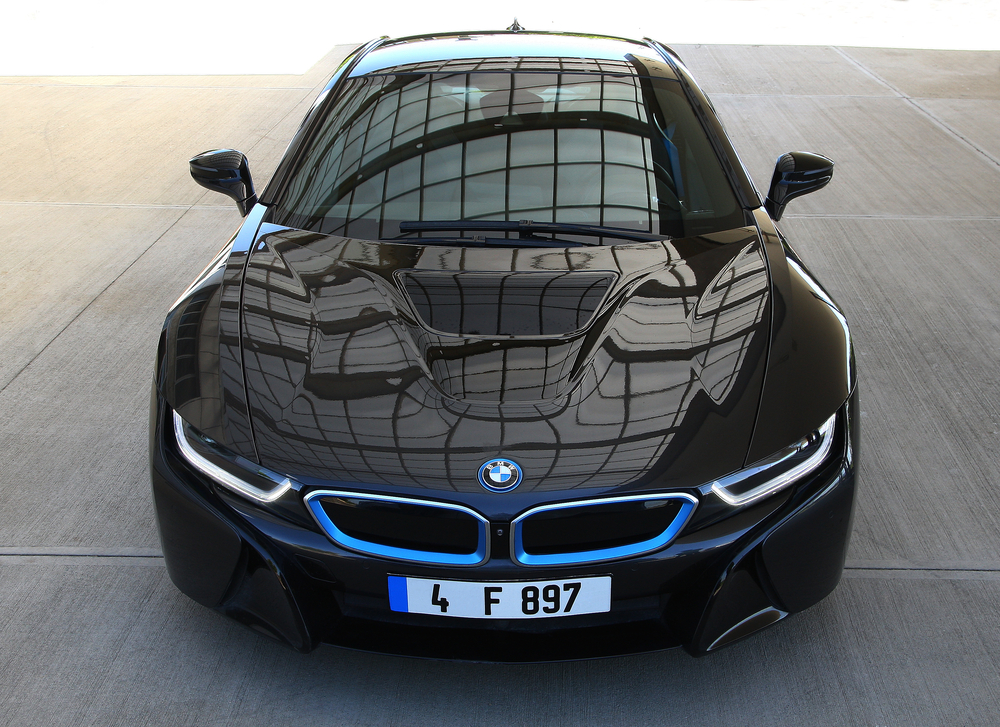
The BMW i8 represented a significant leap forward in terms of hybrid sports car technology, featuring a futuristic design and environmentally friendly credentials. However, its high price tag combined with performance figures that didn’t match up to similarly priced pure combustion engine sports cars made it a tough sell. The i8 appealed more as a technological showcase rather than a raw performance vehicle, which limited its appeal in a market segment where driving dynamics and engine performance are often prioritized.
Lexus LFA
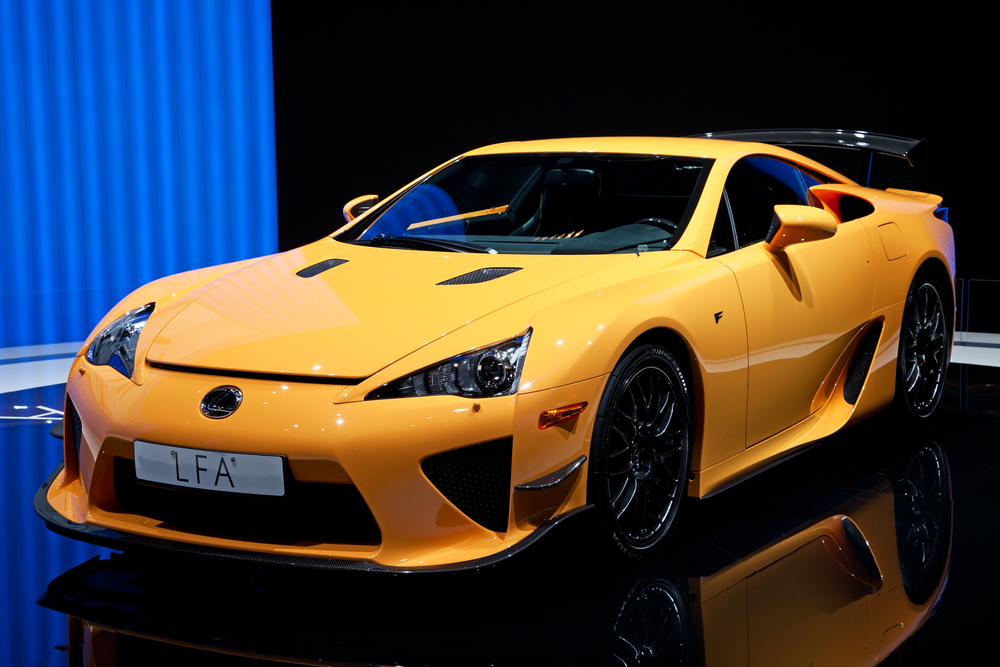
The Lexus LFA was a marvel of automotive engineering, renowned for its high-revving V10 engine and carbon-fiber construction. Its development took nearly a decade, reflecting Lexus’ commitment to creating a supercar that could stand toe-to-toe with the best in the world. However, its extremely limited production and high cost – surpassing even those of some Ferraris and Lamborghinis—made it a halo vehicle accessible only to a select few, thus limiting its sales despite its impressive performance and craftsmanship.
Volkswagen Corrado VR6
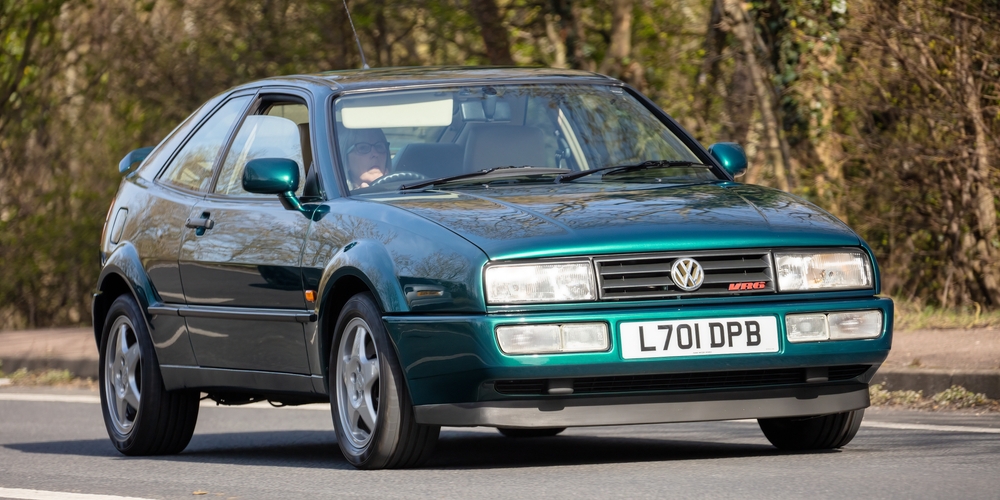
Launched in the early 1990s, the Volkswagen Corrado VR6 was equipped with a potent V6 engine that promised thrilling performance. However, it faced several challenges, including a high price tag which placed it in competition with more established sports cars. The Corrado VR6 also suffered from reliability issues, which further deterred potential buyers. Despite its innovative active rear spoiler and impressive handling characteristics, the Corrado VR6 couldn’t overcome the overshadowing presence of its competitors and Volkswagen’s then-limited reputation in the sports car segment, resulting in disappointing sales figures.
Mitsubishi 3000GT

The Mitsubishi 3000GT was a technological marvel of its time, featuring all-wheel drive, twin turbos, and active aerodynamics. However, its high production cost led to a high selling price, which put it out of reach for many potential buyers. Additionally, the 3000GT faced stiff competition from more popular sports cars of the era, such as the Nissan 300ZX and the Toyota Supra, which offered similar performance at a lower cost. The economic downturn during its key sales years further hindered its success, making it a rare and often overlooked model today.
Audi TT RS
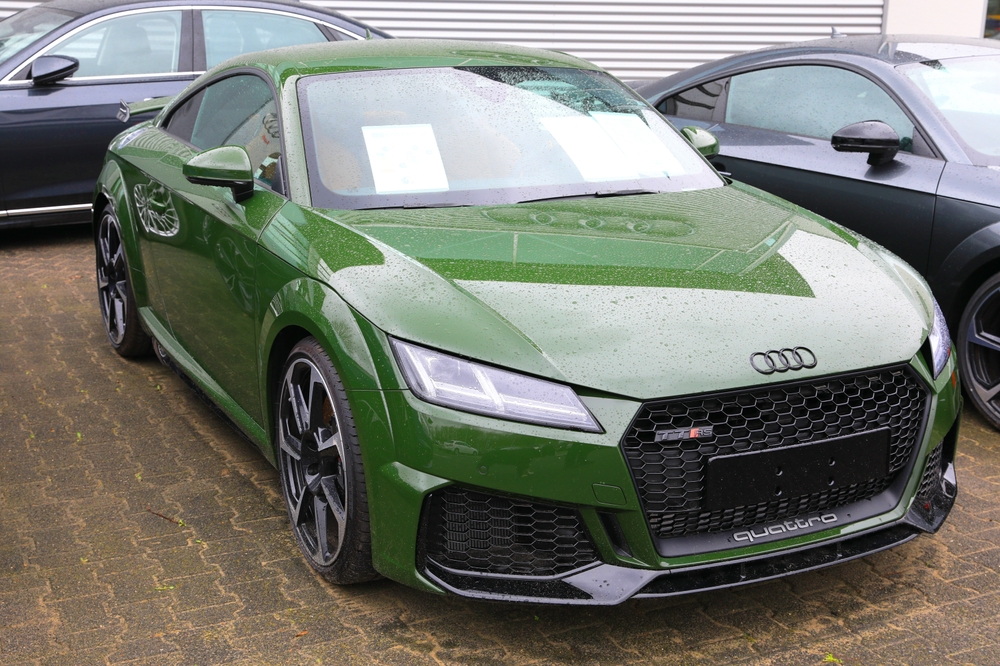
The Audi TT RS is a compact powerhouse equipped with a robust five-cylinder engine that delivers exhilarating performance. However, despite its capabilities, the TT RS often found itself in the shadow of higher-profile sports cars. Its relatively subtle styling and the TT model’s reputation as a style-focused rather than performance-oriented car contributed to its lukewarm market performance. Additionally, its niche positioning and the premium price tag limited its appeal primarily to Audi enthusiasts and those specifically looking for a compact high-performance vehicle.
Dodge Viper
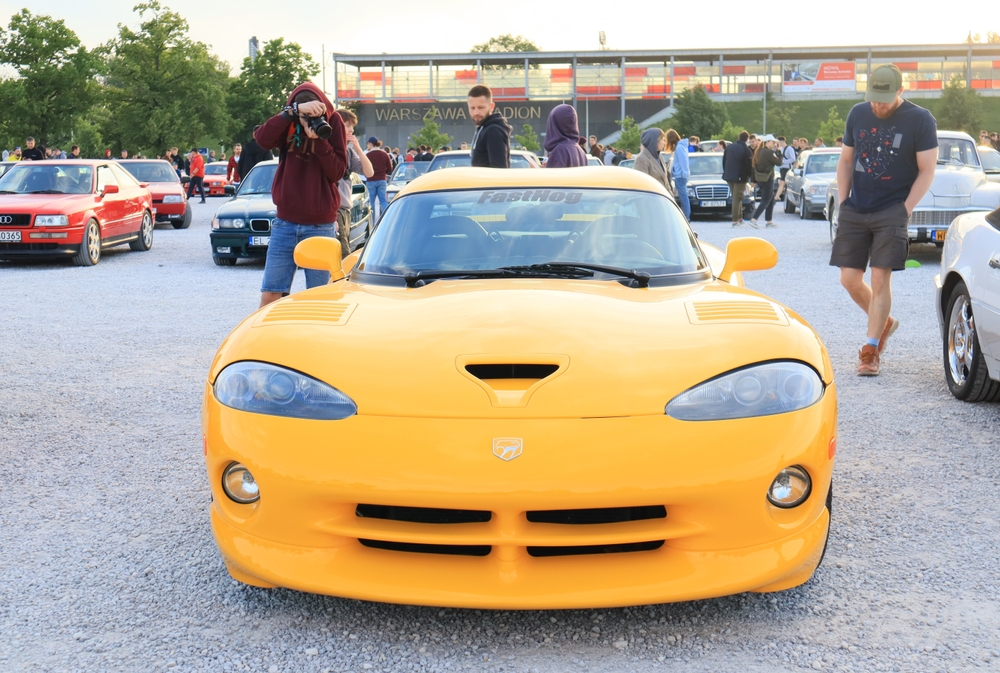
The Dodge Viper was known for its brute force and lack of electronic driving aids, which appealed to a specific segment of enthusiasts looking for a raw driving experience. However, this very lack of refinement and the challenging handling characteristics made it less desirable to a broader audience. Coupled with a high price and a market that was increasingly leaning towards more technologically advanced and comfortable sports cars, the Viper struggled to maintain sustainable sales figures, leading to its eventual discontinuation.
Jaguar F-Type V8 S
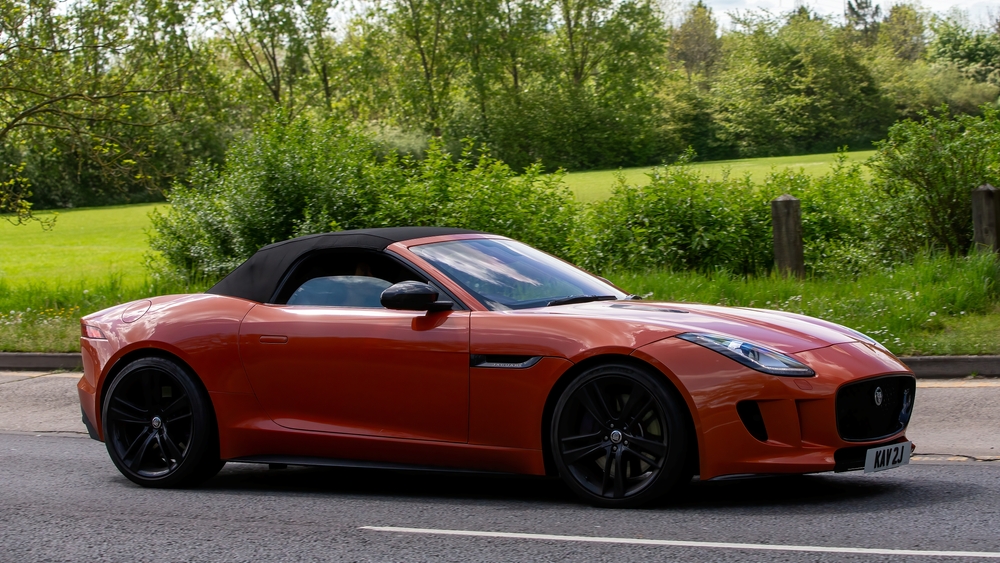
This model from Jaguar combined stunning design with powerful performance, but it struggled to carve out a significant market share. The F-Type V8 S was often seen as an alternative to more established luxury sports cars from brands like Porsche and Mercedes-Benz, which dominated this market segment with stronger brand loyalty and a perceived higher value proposition. Additionally, the high cost of ownership and maintenance compared to its rivals added to its challenges in attracting a wider audience.
This article originally appeared on MyCarMakesNoise.
More from MyCarMakesNoise
17 Common Car-Washing Mistakes That Are Damaging Your Ride

Keeping your car clean is essential, but are you doing it right? Washing your car seems straightforward, but common mistakes can lead to damage and diminish its appearance. Read More.
The 21 Coolest Station Wagons You’ll Want to Drive Home Today

Station wagons aren’t just about practicality, they can be seriously cool, too. The latest models are turning heads and challenging perceptions, from sleek designs and luxurious interiors to powerhouse engines. Read More.
25 Lightning-Fast 4-Cylinder Cars That Are a Great Value

Four-cylinder engines often conjure images of practical, fuel-efficient vehicles, but they also power some of the most exhilarating performance cars on the market. These engines strike a remarkable balance between everyday usability and thrilling sports car dynamics, proving that great things come in smaller packages. Read More.

